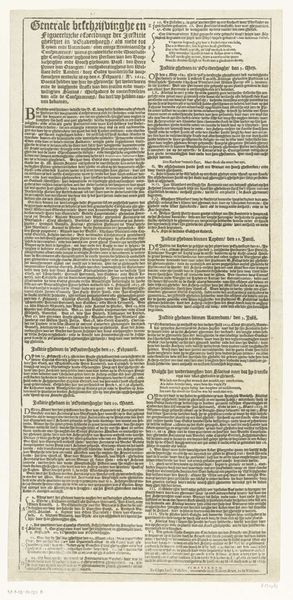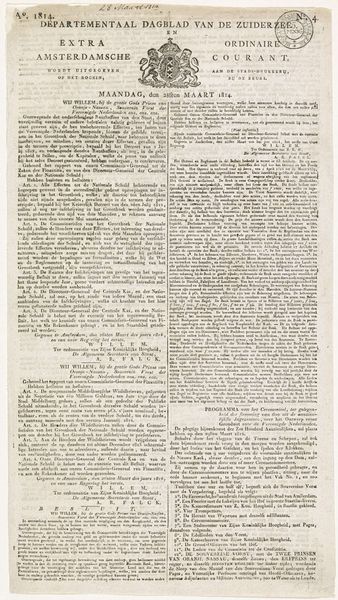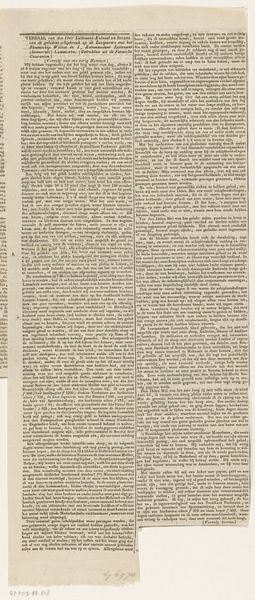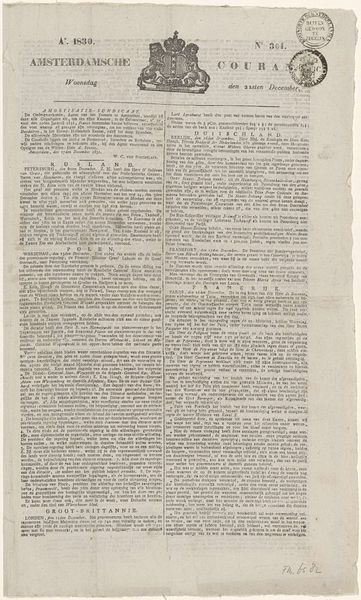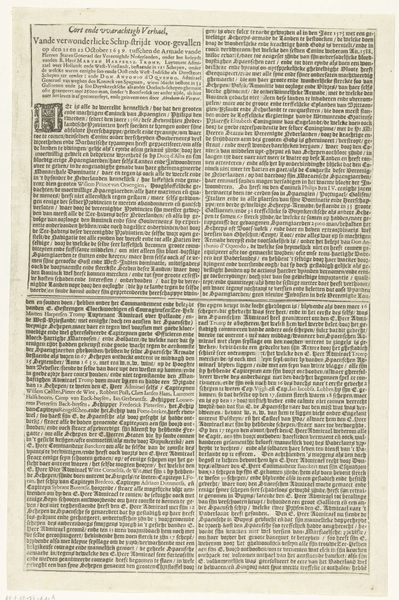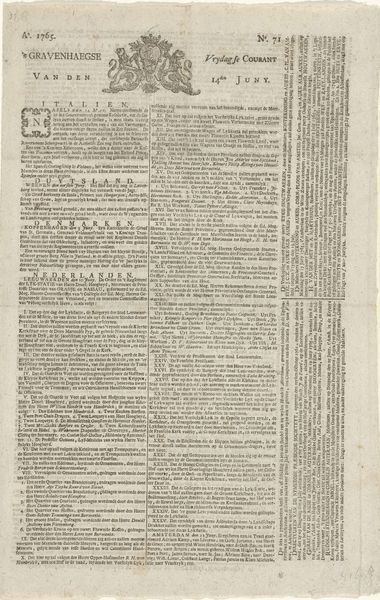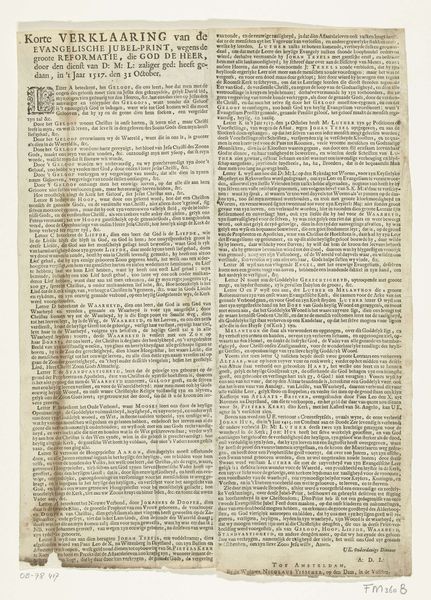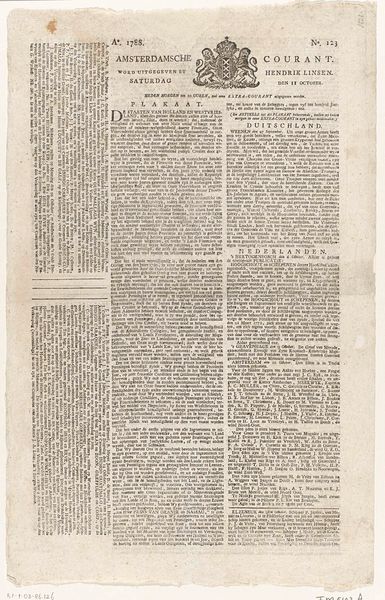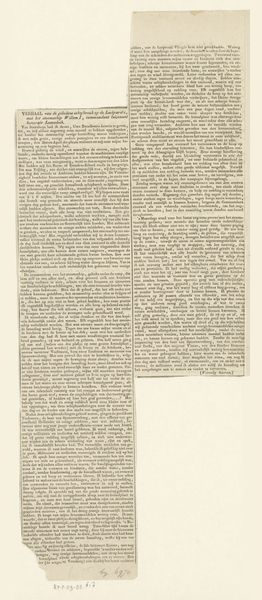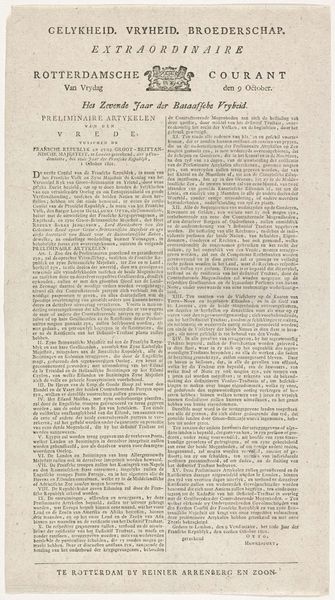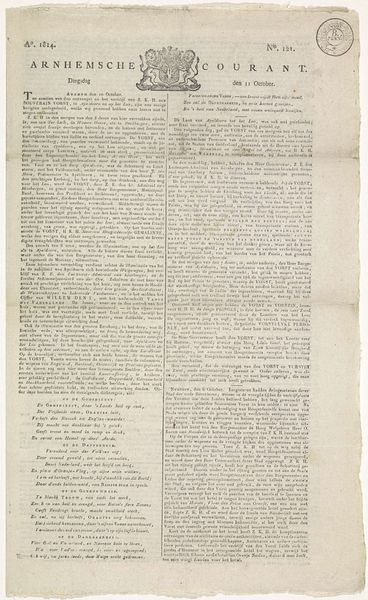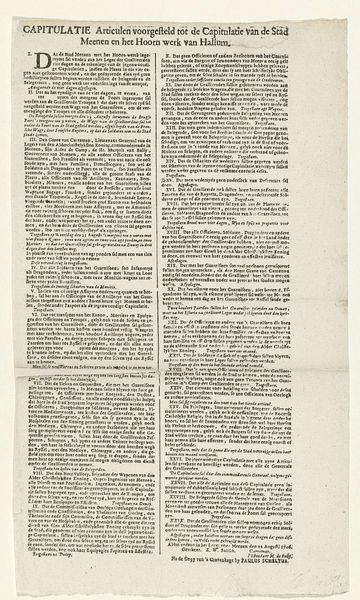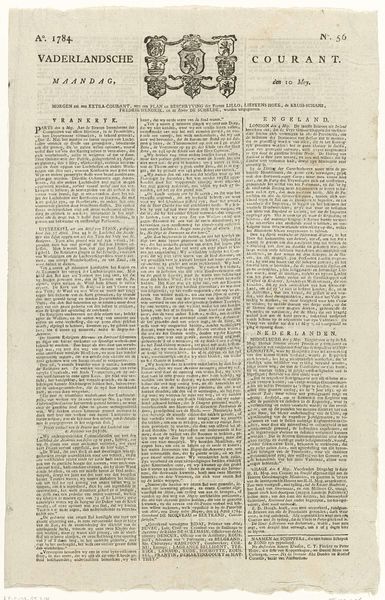
print, paper, engraving
#
narrative-art
#
dutch-golden-age
# print
#
old engraving style
#
paper
#
newspaper layout
#
history-painting
#
engraving
Dimensions: height 380 mm, width 238 mm
Copyright: Rijks Museum: Open Domain
Curator: The work before us, “Zeeslag bij Duins (rechter tekstblad),” created by Salomon Savery in 1640, is a meticulously detailed engraving on paper. Editor: It's like a newspaper layout from centuries ago, crammed with tiny text! What is it, exactly? Curator: Formally, observe how Savery employs the grid. He segments information through rigorous rectangular organization. Semiotically, we recognize text blocks juxtaposed against potential illustrations of naval battles. Do you discern any formal qualities within these stark textual contrasts? Editor: So, it's almost like he's contrasting descriptions and events using space? How does that affect its meaning, if it all this really *is* all about its composition? Curator: Precisely! The density and organization guide the viewer, offering a structured narrative. Notice how the artist directs our eye. What about the deliberate absence of purely pictorial components? How does that change its potential reading? Editor: Is the *style* here just, functional? If he really is focusing more on conveying *textual* details above visual, is that even *art*, or merely documentation? Curator: Such tensions exemplify early news dissemination. Does this formalized layout affect how we "read" the historical naval battle described in it? We're trained to view newspapers, after all, so, is that modern association obscuring something deeper at play? Editor: I hadn't considered that, it being essentially “news” printed, but, presented as...a form unto itself. Fascinating! Curator: Indeed. We are perhaps observing nascent news presentation finding form.
Comments
No comments
Be the first to comment and join the conversation on the ultimate creative platform.
